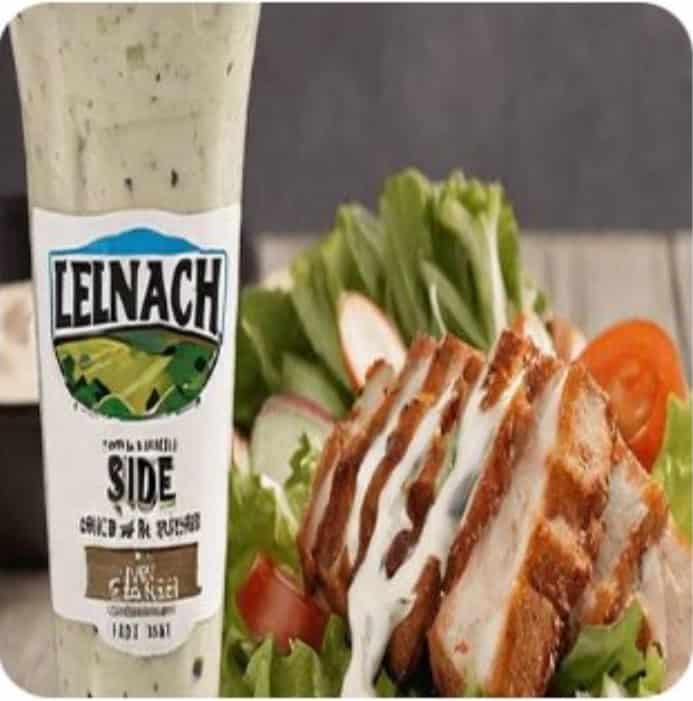
Photos of food are essential when you’re buying online. After all, you really want to know what the item looks like. Yet for some reason, some restaurants don’t post online photos of their food. “That’s fine,” Uber Eats must have thought. “We’ll just make up some images with this neat AI technology everyone’s talking about.” Except it wasn’t fine — it backfired spectacularly.
People caught on to it. The first clues came from text: AI is good at generating visual imagery, but it tends to garble up text. So when it invented a ranch dressing brand with a weird label, this was a smoking gun for AI. There was another clue that something was wrong: in New York, “pie” means “pizza” — but the AI didn’t know that.
Uber foolery
Some people suspected it could be the restaurants doing this. But social media users contacted the restaurants and it turned out, they had no idea.
“It’s truly bizarre,” says Twitter user Online Boy while on the phone with Tony’ Pizzeria in Brooklyn, New York City. “I tweeted about it and 30,000 people liked it and everybody’s saying it’s a ghost kitchen or the restaurants choosing this and I said ‘No, it’s not a ghost kitchen it’s a real brick and mortar store and I cannot imagine they would choose this’.”
“A guy from Tony’s named Sal called me back 5 minutes later and said he was very confused about what was happening and that he didn’t know what AI was. I tried to explain it and he just said ‘I don’t know about this stuff, but I didn’t approve these images'”.
It didn’t take long before other people started posting other AI-made images. They look almost good enough but the more you look into it, the weirder it starts to look.
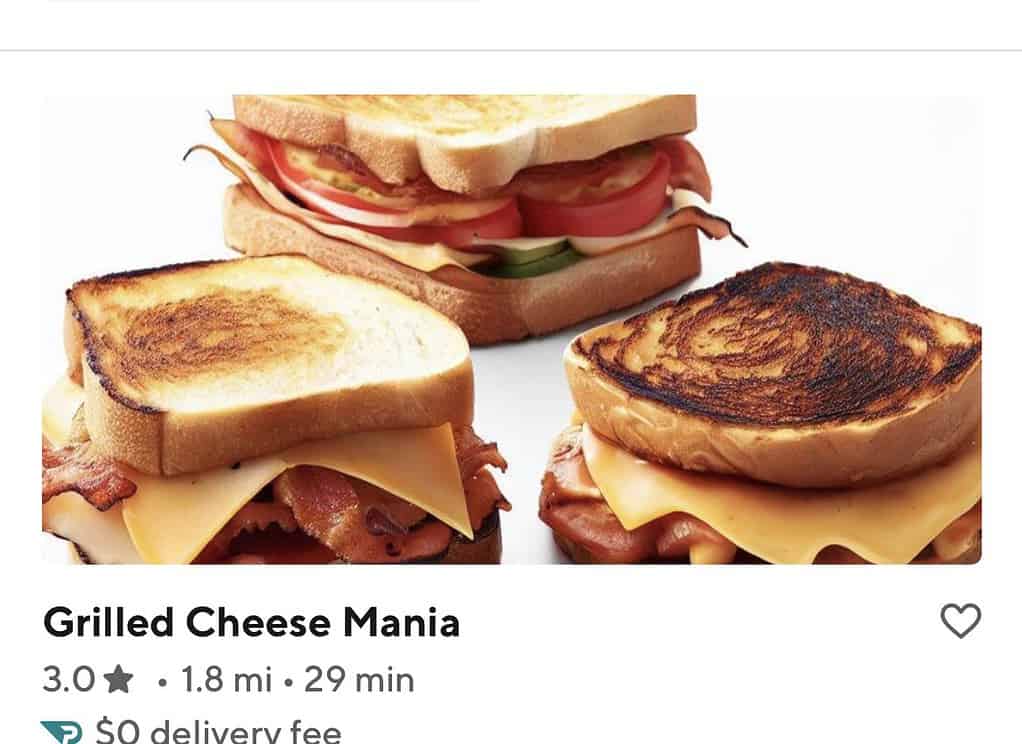

The fake AI age
This just shows how easy it is for AI imagery to confuse. This isn’t the biggest of problem AI disinformation, but it’s an example of how easily things can go awry. It also goes to show that without any guardrails or regulations, companies pretty much do whatever they want. Judging by what users are saying, Uber Eats is deceiving both its users and its restaurants.
You’re tricking users into thinking they’re buying something when you have no idea what it looks like — but there’s no consequence. In fact, we could have seen this coming.
Back in January, an app called Lunchbox that’s essentially an AI food photo generator was launched. But you probably don’t even need an app. In fact, we asked AI to produce images of some of our own favorite foods. Here’s what came out.
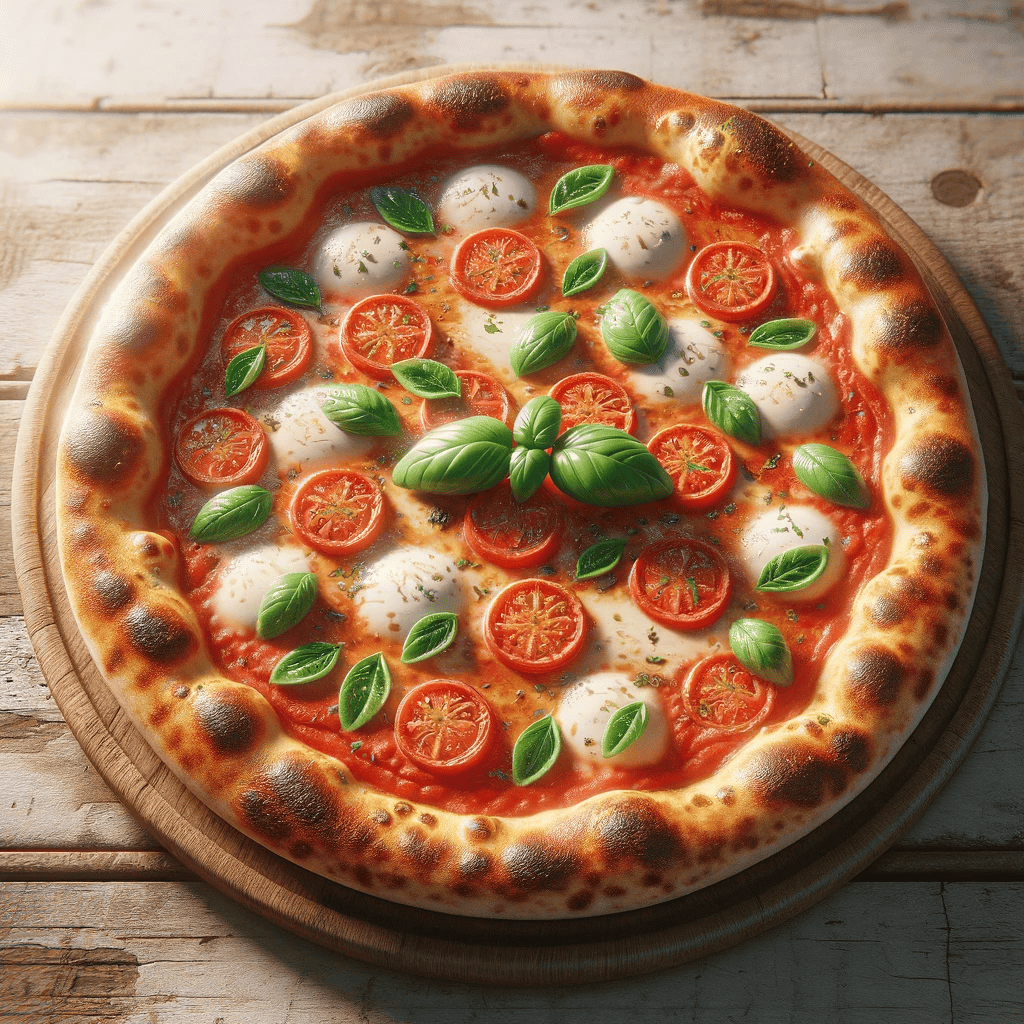
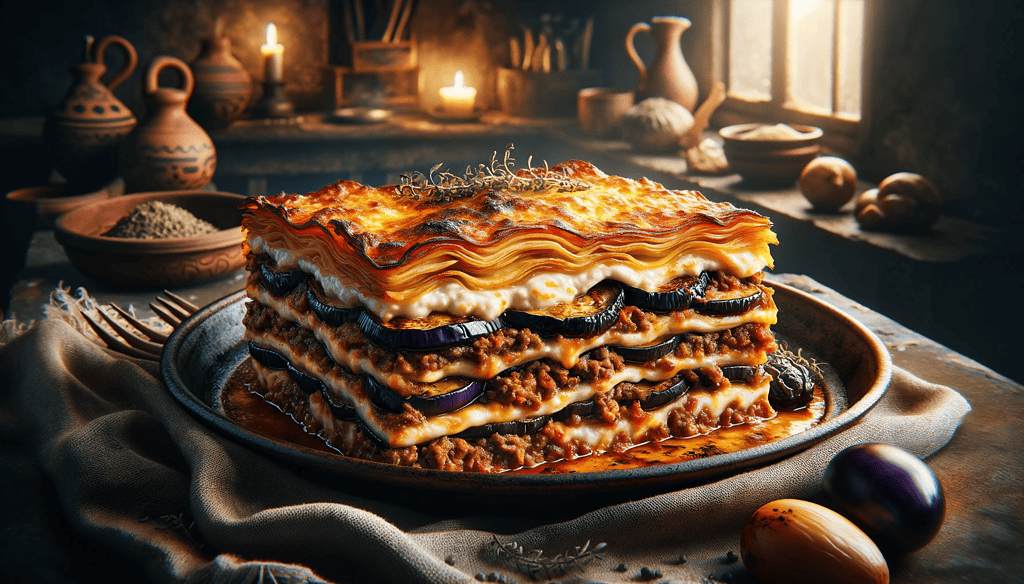
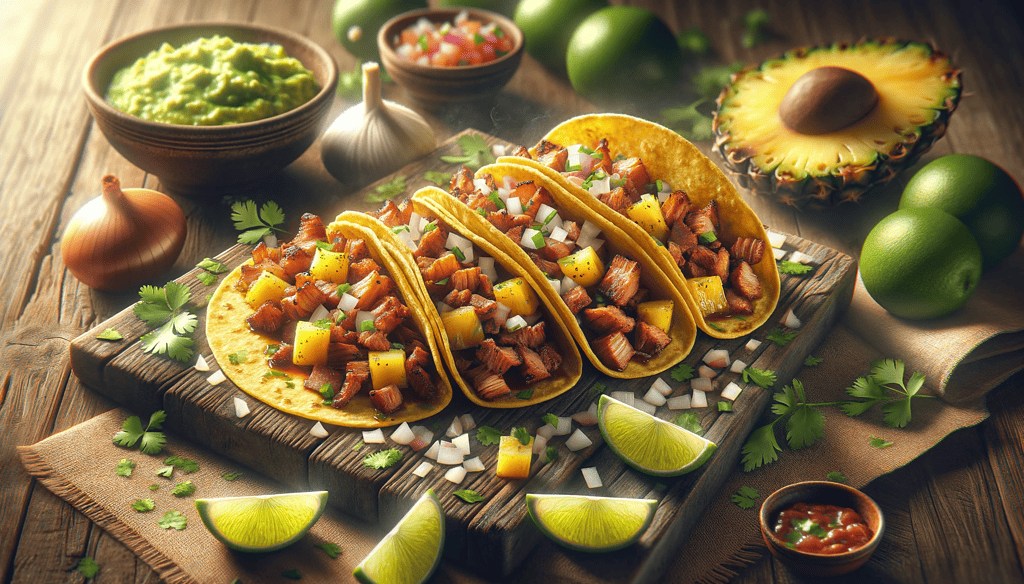
They look convincing, but seriously, look at that avocado. It’s a pinevocado. In the end, this is a cautionary tale about the limits and implications of AI in our daily lives. AI technology holds immense potential but we can’t just blindly use it.






